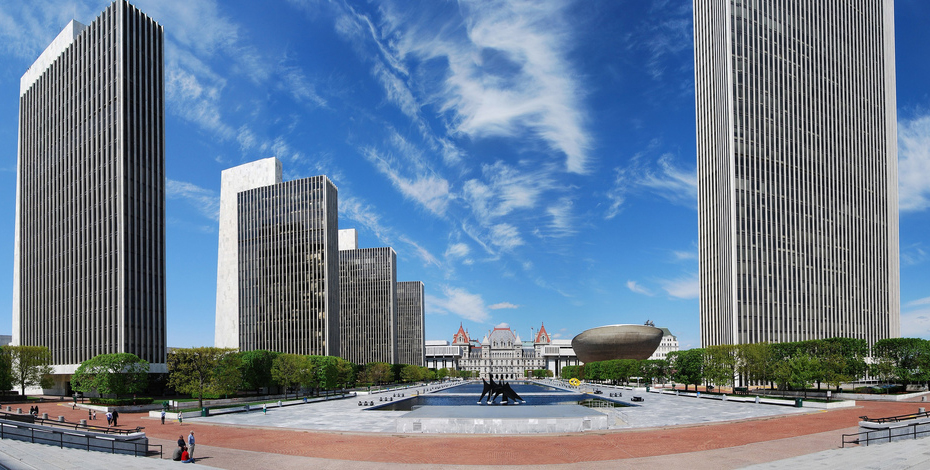by: Adam Roberts
This past Tuesday, April 24, special elections were held across New York State for open State Senate and Assembly seats. Democrats had a generally successful night, including a blowout win by Shelly Mayer, a Democrat running to hold an open State Senate seat in Westchester. Her win gave Democrats a 32-31 majority in the State Senate. Nevertheless, Republicans remain in control of the body.
Republicans had previously held a plurality of seats in the State Senate. A group of Democrats, later growing to eight members, formed the Independent Democratic Conference (IDC). The IDC caucused outside of the mainline Democrats, allowing Republicans to choose the Senate Majority Leader by plurality. Yet, the IDC has recently rejoined the mainline Democrats, conceivably giving Democrats a 32-31 majority.
Long operating outside of the IDC but still caucusing with the Republicans was Democrat Simcha Felder. Felder is a Democrat but has received bipartisan support throughout his career. In order to maximize his influence, he chose to caucus with the in-power Republicans rather than the out-of-power Democrats.
On the day of the special election which saw Mayer triumphant, Felder announced he would remain with the Republicans regardless of that race’s outcome. While the IDC existed, he alone did not determine control of the State Senate. Now that the IDC has folded, Felder represents the final obstacle to Democratic control.
This decade of backroom politics over control of the State Senate has had an enormous impact on architecture in New York. State laws are often crafted to apply only to New York City, with language referencing cities in New York State with “over one million residents” (which only includes the NYC). Education funding, rent regulation, and transit funding are all controlled by Albany.
For instance, those hoping to improve the City’s infrastructure often point to the potential of a Democratic State Senate, dominated by members from New York City, as an opportunity to move towards better transit funding. This remains to be seen, as the State Assembly, currently dominated by NYC Democrats, has often been divided, most recently in the debate over congestion pricing. At least until after the 2018 general election, Republicans will likely remain in control of the State Senate.
Pulse Points:
- The annual AIANYS Albany Advocacy Day took place this Tuesday, May 1. Members from AIANY and other chapters throughout the state met with our elected officials, introducing them to issues affecting the profession.
- On Tuesday, May 8, from 9 am to 5 pm, the Waterfront Alliance will be hosting its 2018 Waterfront Conference. The theme is “Cities on the Edge,” which explores political responses to climate change in coastal cities. More information on the event and registration can be found here.
- This past Friday, April 27 was the annual Regional Plan Association (RPA) Assembly. AIANY was proud to have a presence there, promoting our Aging in Place Guidelines created by the AIANY Design for Aging Committee, and our Zero Waste Design Guidelines, created by the AIANY Committee on the Environment with support from The Rockefeller Foundation.








